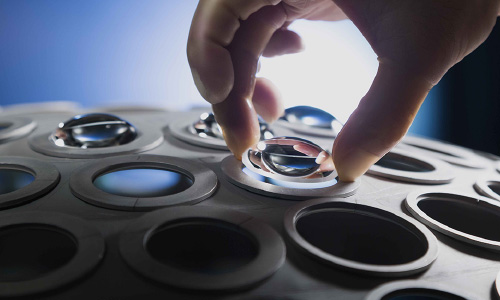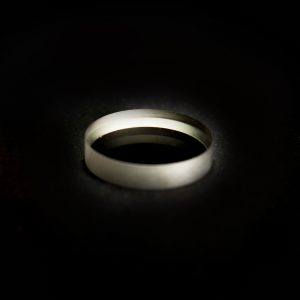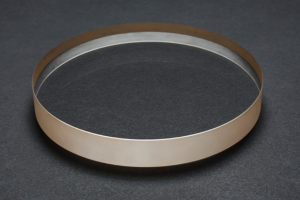
Glass coating is to coat one or more layers of metal films or metal compounds on the surface of glass to change the optical properties of glass.
The methods of glass coating are divided into four categories: chemical deposition, thermal evaporation, mechanical (including spraying and impregnation) and advanced magnetron low emission coating. The principles and equipment of these technologies are different and cannot be interchanged.
The production method of coated glass is to coat the glass surface with metal, metal oxide or non-metal oxide films such as gold, silver, copper, aluminum, nickel, iron and tin; or adopt electro flotation and plasma methods, such as the sunlight control coating formed by penetrating metal ions into the glass surface layer to replace the original ions on the glass surface layer.
Cleaning before coating the main pollutants cleaned before coating are oil stain, fingerprints, dust, etc. As the coating process is very strict on the cleanliness of the lens, the choice of cleaning agent is very important. While considering the cleaning ability of a cleaning agent, we should also consider its corrosivity and other aspects. It can be divided into organic solvent cleaning and semi water-based cleaning.
The cleaning process of organic solvent cleaning is as follows: organic solvent cleaning agent (ultrasonic) – water-based cleaning agent (ultrasonic) – municipal water rinsing – pure water rinsing – IPA (isopropanol) dehydration – IPA slow pull drying.
The cleaning process of semi water-based cleaning is as follows: semi water-based cleaning agent (ultrasonic) – municipal water rinsing – water-based cleaning agent – municipal water rinsing – pure water rinsing – IPA dehydration – IPA slow pull drying vacuum evaporation coating is to place the plated parts and film materials in a true space at a certain relative position, and adopt a certain method to gasify or sublimate the film materials to form molecules (atoms or ions) with certain kinetic energy, Fly away from the evaporator to the surface of the plated parts and deposit a film on the surface.
Vacuum evaporation includes three main systems: vacuum system, evaporation system and film thickness monitoring system. The vacuum system consists of vacuum chamber, mechanical pump, molecular pump (oil diffusion pump), pipeline, valve, vacuum measuring device and so on. The evaporation system adopts electron gun evaporation, which is mainly composed of filament, high-voltage coil, deflection coil, crucible, etc. The film thickness monitoring system adopts the photoelectric extreme value method, which is mainly composed of light source, comparison film, monochromator, photomultiplier tube, film thickness controller and current and voltage stabilizing power supply. Magnetic sputtering is to clean the glass first and coat the film through the target ion base radiation in the target base radiation area of the high vacuum chamber.
Process flow of coated glass A: this gives too much scope. The coating processes include evaporation plating, sputtering plating, ion plating, etc., and another kind of electroless plating. The process flow of each process is different. The questions are also detailed, and the respondents can answer them easily.
Processing technology of AR coated glass? A: it’s not clear in one sentence or two. AR is a high transmittance antireflection film, which can improve the light transmittance and reduce the reflectivity of glass. Generally, it is through the vertical sputtering technology of vacuum magnetron negative electrode. When the glass is close to the complete vacuum, the target is sputtered on the glass through the magnetic pole to form a layer of AR film.



